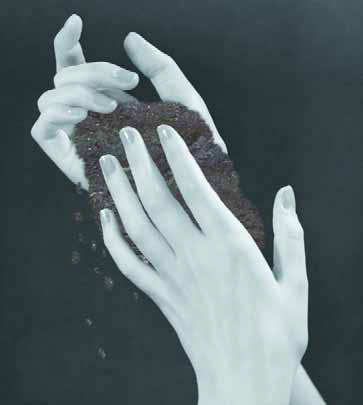landscape management
Integrated pest management - or IPM, as it has become widely known -- is a concept that emerged about 20 years ago when landscape professionals and others involved in the management of plants and the land began incorporating its techniques into their landscape installation and management projects. Unfortunately, however, the concept of pest management is all too often seen as the exclusive province of those engaged in landscape maintenance: As a rule, designers and design/build contractors rarely pay more than lip service to pests in general and give even less attention to considering them as part of an integrated approach. At the risk of being labeled a "tree hugger," I believe it's time for everyone involved in the various landscape professions to embrace IPM. The simple truth is that, as landshapers, we need to pick up on the lessons of our collective experience. As the saying goes, those who fail to learn from history are doomed to repeat it - as we have, over and
Watershapers are still fairly easily divided into two groups, one with its origins in the landscape trades, the other hailing from the pool industry. For all the distinctions that might be drawn between them, however, watershapers of all stripes have one very important thing in common: We all work with the stuff we find under our feet on the job site - the stuff we generally call dirt or soil. Dirt is the more inclusive of the two terms, and unless the contractor is working with a tricky site or faces compaction issues, it is simply what is carted away or rearranged to make room for a watershape. By contrast, soil is a blanket term covering















